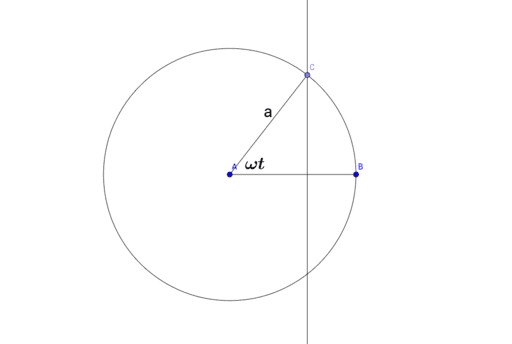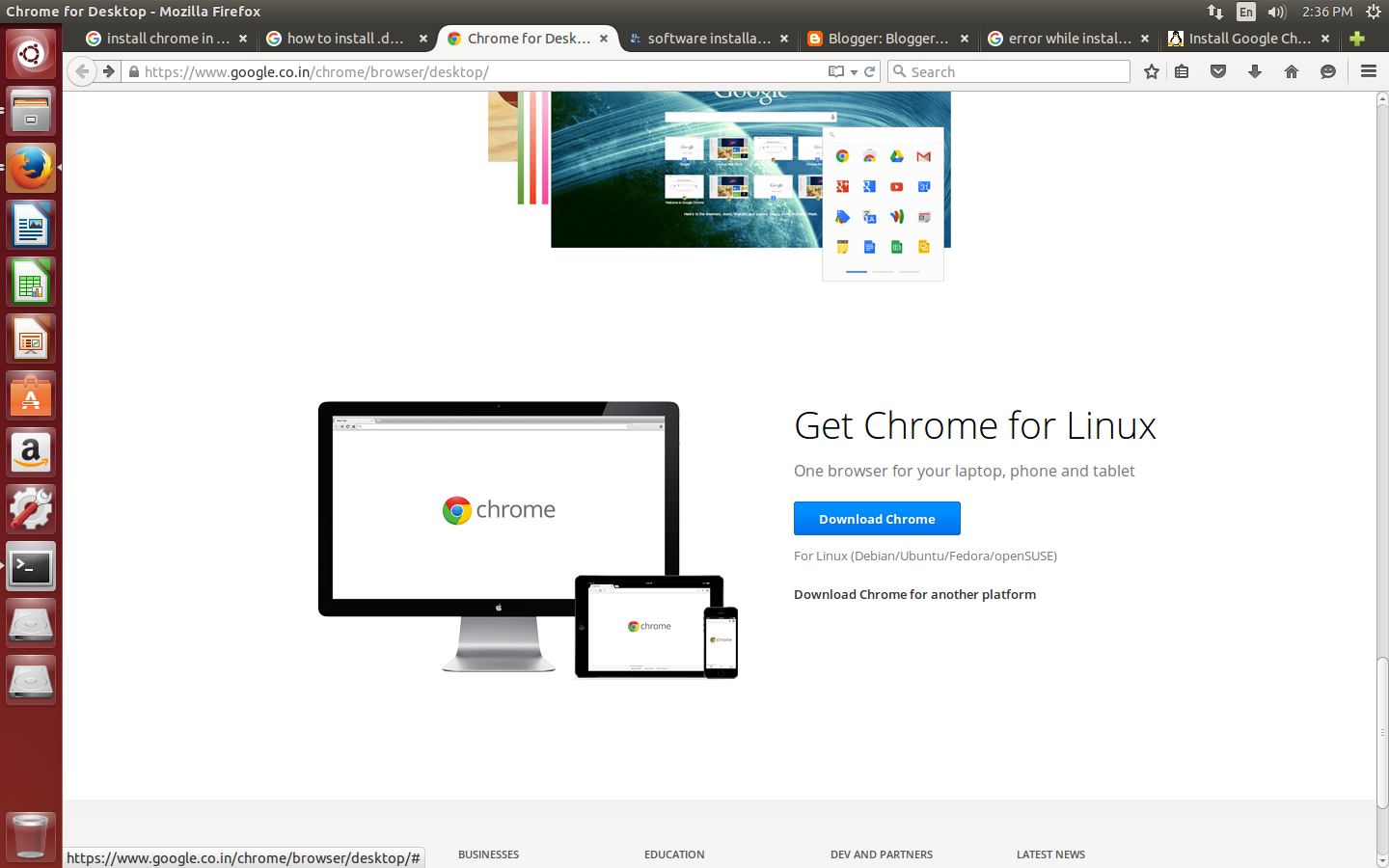
Exploring Number and Operations in Grades 3–5 with The Geometer's Sketchpad Many activities include sketches designed for use with a projector or interactive whiteboard, either for a teacher presentation or a whole-class activity, and Presenter Notes that help you lead a class discussion.
#Geo sketchpad code#
Each module is accompanied by an access code that allows you to download a collection of Sketchpad sketches. McGraw-Hill Education publishes several curriculum modules that help teachers easily supplement course material with Sketchpad activities, or even use the book as the basis for guided learning.

Once we can visit such points, we can evaluate a condition or function there, to determine the value of the surface at or above that planar point. Practically, we seek to visit some regular subset of points in a planar region. To plot a surface ideally, one needs first to be able to visit every point on the plane.
#Geo sketchpad software#
To proceed in this direction, we need first to establish techniques for plotting surfaces, and since we are in a dynamic geometry environment, we must derive these from mathematical principles and primitives rather than look to built-in software commands. Thus we are encouraged to move beyond the conventional solution, and to explore techniques for visualizing the effect of a complex transformation over the entire plane, on the entire plane. Physically isolating the image into a separate visualization from the pre-image (a separate illustration of the plane) is one approach, but replaces the immediacy of a unified visualization with a more abstract representation requiring additional interpretation to reconcile conceptually.

On the other hand, we are interested in keeping our image and pre-image small, to avoid overlap. On the one hand, we want our image and pre-image to be as large as possible, since we are interested in gaining a sense of the effect of our complex transformations across the entire plane, not just on a single point or point locality.

In more involved visualizations, it becomes increasingly difficult to distinguish input from output, "cause" from "effect." More generally, the conventional approach struggles between opposing imperatives. Graphing Planar Transformations as Surface Plotsĭespite the appeal of dragging, Figure 6 reveals one of the shortcomings of the conventional solution to the "problem of complex graphing." When both pre-image (the circle) and image (the origin-winding quasi-cardioid) are superimposed on the same coordinate system, legibility suffers.


 0 kommentar(er)
0 kommentar(er)
